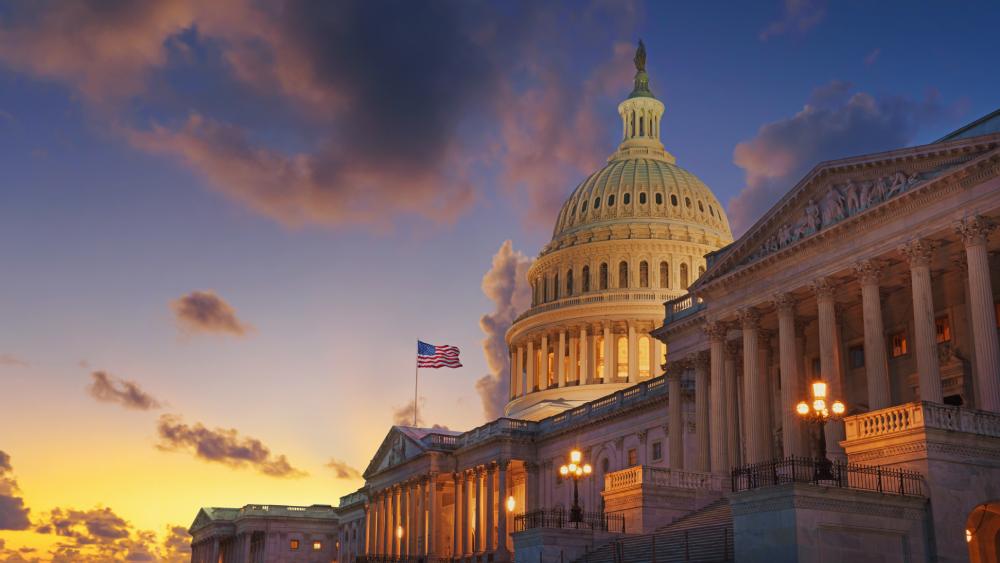
When local or federal agencies shift locations or contracts are reassigned within the District of Columbia, office moves become multifaceted projects that must satisfy detailed security and background regulations. For contractors and organizations supporting federal or DC government projects, understanding these expectations is essential before a single box is packed.
Access to secure buildings, the need for cleared personnel, and adherence to agency-specific credentialing rules can influence both project timelines and staffing decisions. Even standard relocations may involve screening procedures, facility access protocols, and documentation tied to federal or District regulations.
Knowing what investigations apply, how credentials are issued, and what to expect at secure sites can help moving teams and their clients plan with confidence.
Who Conducts Background Checks?
For Federal and District relocations, background screening is often mandatory before any team member is allowed on site.
The Defense Counterintelligence and Security Agency (DCSA) manages most federal background investigations and provides continuous vetting under the government’s Trusted Workforce model. Contractors handling classified work operate within DCSA’s National Industrial Security Program (NISP), which outlines standards for facility and personnel clearances.
Agencies identify the sensitivity level of each role using the Office of Personnel Management’s (OPM) Position Designation Tool. That determination sets the investigation type and questionnaire an individual must complete. For instance, Tier 1 supports non-sensitive positions, public trust tiers apply to moderate or high-sensitivity roles, and higher tiers correspond to national security clearances.
Federal background investigations are structured around three core forms: SF-85 for non-sensitive roles, SF-85P for positions of public trust, and SF-86 for national security responsibilities. Movers and contractors may need to submit one of these forms when assigned to projects requiring access to secure government facilities.
Identity Credentials Required For Access
In accordance with Homeland Security Presidential Directive 12 (HSPD-12), all government sites use a unified credentialing framework across agencies. The result is the Personal Identity Verification (PIV) card, built on the NIST FIPS 201-3 standard. Federal employees and contractors use PIV cards for both physical entry and logical system access.
For DC Government facilities, the Office of the Chief Technology Officer (OCTO) operates PIV-I identity solutions and the DC One Card program. Contractors or movers supporting District projects may receive these credentials when repeated, unescorted access is required. In all cases, credentials depend on successful background investigations and agency sponsorship.
Screening Expectations For Movers
Federal agencies typically require at least a Tier 1 investigation supported by SF-85 for individuals who will enter government buildings, even when no classified work is involved. The Tier 1 level focuses on identity verification, criminal history, and general suitability.
The DC Government uses its own District Personnel Manual (DPM) Chapter 4 to guide suitability and screening policies. Depending on the role, contractors may undergo drug and alcohol testing or additional checks.
Some agencies impose extra screening for those providing services involving children or youth. While movers seldom fall into that category, it illustrates how requirements vary across departments.
All personnel and vehicles entering District-controlled facilities pass through access control managed by the Department of General Services (DGS) Protective Services Division. Expect prior clearance of names and vehicle information, presentation of identification, and inspection at entry points.
Access Rules On Moving Day

Each federal building’s security posture follows the Interagency Security Committee (ISC) Risk Management Process, which assigns a Facility Security Level (FSL). The FSL influences screening procedures, escort requirements, dock operations, and delivery times.
Federal property regulations found in 41 CFR 102-74 authorize security personnel to inspect persons, vehicles, and packages entering government facilities. Contractors must comply with posted instructions and cooperate with inspections.
Prohibited items fall under 18 U.S.C. § 930 and ISC policy. The “Items Prohibited in Federal Facilities” standard governs what can be brought into buildings. Common tools, cutting implements, and rigging materials may need pre-approval or manifests submitted in advance to avoid delays.
Handling Government Information During Relocation
Even when materials are unclassified, many carry special designations. Managed by the National Archives and Records Administration (NARA), the Controlled Unclassified Information (CUI) program establishes government-wide standards for securing sensitive, unclassified materials and equipment. Movers encountering boxes or devices labeled as CUI must follow agency directions for security and transporting.
For contractors handling or storing CUI electronically, NIST SP 800-171 Rev. 3 outlines the baseline security requirements. While moving companies typically do not host CUI systems, subcontractors managing data or imaging computers must follow these protocols.
When disposing of or reusing storage media, NIST SP 800-88 Rev. 2 provides the current sanitization guidance. Any firm responsible for equipment disposition should document the process and issue certificates confirming data removal.
Planning a Government Move? Don’t Miss These 12 Essentials
Security is just one piece of the puzzle. From permits to parking to tech transfers, our full guide walks you through every key detail.

Working In Classified Environments
Projects involving classified spaces such as Sensitive Compartmented Information Facilities (SCIFs) or classified holdings demand strict compliance. Contractors must hold a valid Facility Clearance (FCL) through DCSA, employ cleared personnel, and follow the National Industrial Security Program Operating Manual (NISPOM) in 32 CFR Part 117.
Agencies sponsor companies for an FCL only when a legitimate contract requirement exists. Without an FCL, movers can still perform tasks within classified environments if escorted and kept from exposure to sensitive information.
Confidence In Every Secure Move

Relocating offices for government contracts or agency work demands more than logistics. It requires an experienced partner who understands clearance levels, credentialing requirements, and access control rules that shape every move.
With over 40 years of experience supporting federal and District projects, Moving Masters brings precision planning, reliable crews, and a deep understanding of security-driven relocations. Our veteran-owned team has successfully managed complex government and commercial moves across the DC region, including secure facility transitions, laboratory relocations, and sensitive equipment handling.
To discuss your upcoming move or learn how we support government-related relocations, call (301) 278-8988. You can also request a free moving estimate to start planning with a trusted, GSA-approved partner.

